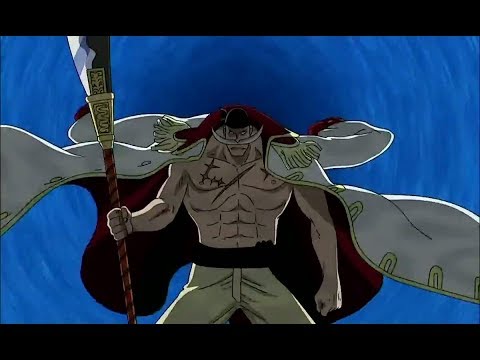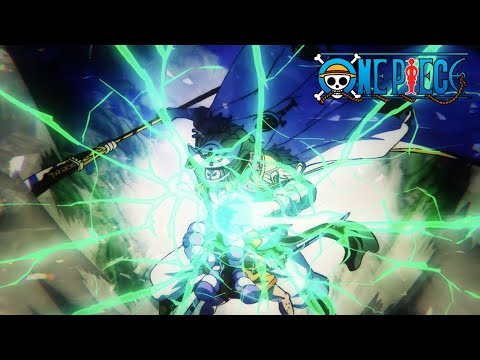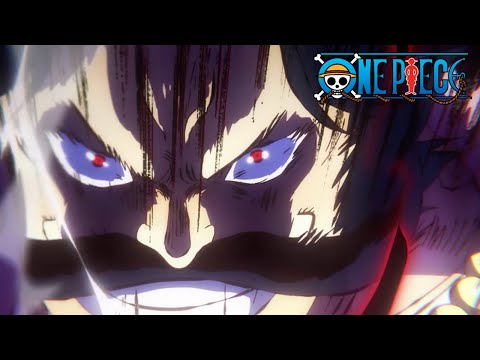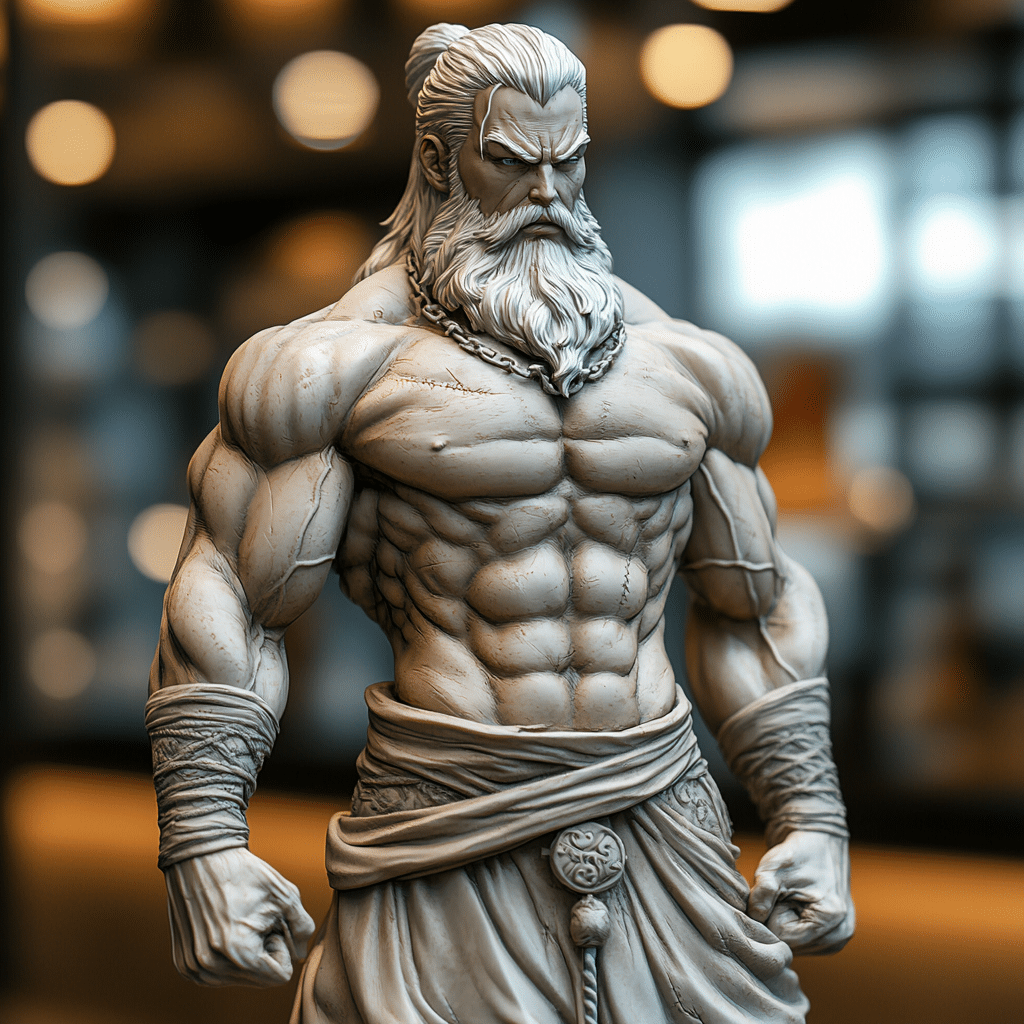
Whitebeard One Piece The Legacy Of The Strongest Man
The Enduring Legacy of Whitebeard One Piece
When discussing the enduring mythology of anime and manga, few characters leave as profound an impact as Whitebeard, also known as Edward Newgate, in Eiichiro Oda’s “One Piece.” He looms large as the epitome of strength, loyalty, and fatherhood in the pirate-infested world of the Grand Line. His legacy not only reverberates through the “One Piece” universe but also resonates with the themes of family, courage, and rebellion, marking him as a multifaceted character deserving of deep exploration. This article delves into the intricate layers that not only highlight why Whitebeard is often referred to as the strongest man in “One Piece” but also showcase his far-reaching influence across narratives and popular culture.
Top 7 Reasons Why Whitebeard is the Strongest Man in One Piece
Whitebeard’s physical strength is nothing short of legendary. With the power of the Gura Gura no Mi, a devil fruit that grants him control over vibrations and tremors, he can shatter mountains and even create tsunamis. This mastery over nature isn’t just a flashy display—it solidifies his claim as the strongest man in “One Piece” and underscores his ability to wield nature’s fury at will. His terrifying might was demonstrated during the Paramount War when he singlehandedly turned the tides of battle, showcasing strength that the world simply hasn’t seen before.
One of the most poignant aspects of Whitebeard’s character lies in his relationships with his crew. He sees his crew members, the Whitebeard Pirates, as his sons—adopting those from various backgrounds like Squard, devastated by the death of his original crew, and Teach, who entered his fold seeking a family. This nurturing side adds significant depth to Whitebeard. It’s this devotion that motivates him to protect his family fiercely, illuminating a complex portrait of the strongest man in the series.
Whitebeard’s impact transcends his own narrative, echoing in many characters’ motivations, especially in that of Luffy and Ace. His ideals of loyalty, strength, and sacrifice instill courage in newcomers, reinforcing how a character can inspire future generations of pirates. Luffy especially draws strength from Whitebeard’s determination; at Marineford, Whitebeard’s last stand pushed Luffy to rise to the occasion for his brother’s sake, demonstrating that legacies can evolve and transform lives.
The Battle of Marineford remains one of the most poignant chapters in the “One Piece” saga. Whitebeard’s role in this conflict not only defined his character arc but catalyzed numerous plot developments. His strategic brilliance, while battered by age, shone through as he took control of the battlefield, and his unwavering spirit showcased that true strength comes from courage, not just physical might. It’s during this war that we see how even the strongest man can confront mortality, leaving an unforgettable legacy behind.
Whitebeard stood as a symbol for freedom—a theme that resonates deeply within the pirate lore of “One Piece.” He fought against the oppressive forces of the World Government, making him the embodiment of rebellion against authority. This classic archetype connects with audiences seeking narratives of empowerment and self-determination, thus enriching his character’s significance within and outside the story. His refusal to bow or relent makes him an everlasting figure of defiance in popular culture.
Whitebeard’s striking character design and memorable quotes have left an indelible mark on anime culture. From fan art to memes, his legacy continues to thrive. Recent trends in the anime community often echo his strength and familial bonds, reminiscent of iconic moments from classics like the Blazing Saddles cast, where humor mingles with societal commentary. This widespread appreciation showcases how Whitebeard resonates well beyond the confines of “One Piece.”
Whitebeard’s influence stretches into various forms of media. Discussions and analyses surrounding his character unfold on platforms like longlegs streaming, shedding light on how pop culture interprets strength and leadership. His persona has inspired parodies and new works alike, with creators often drawing parallels to other media milestones, reinforcing his status within the broader narrative landscape.
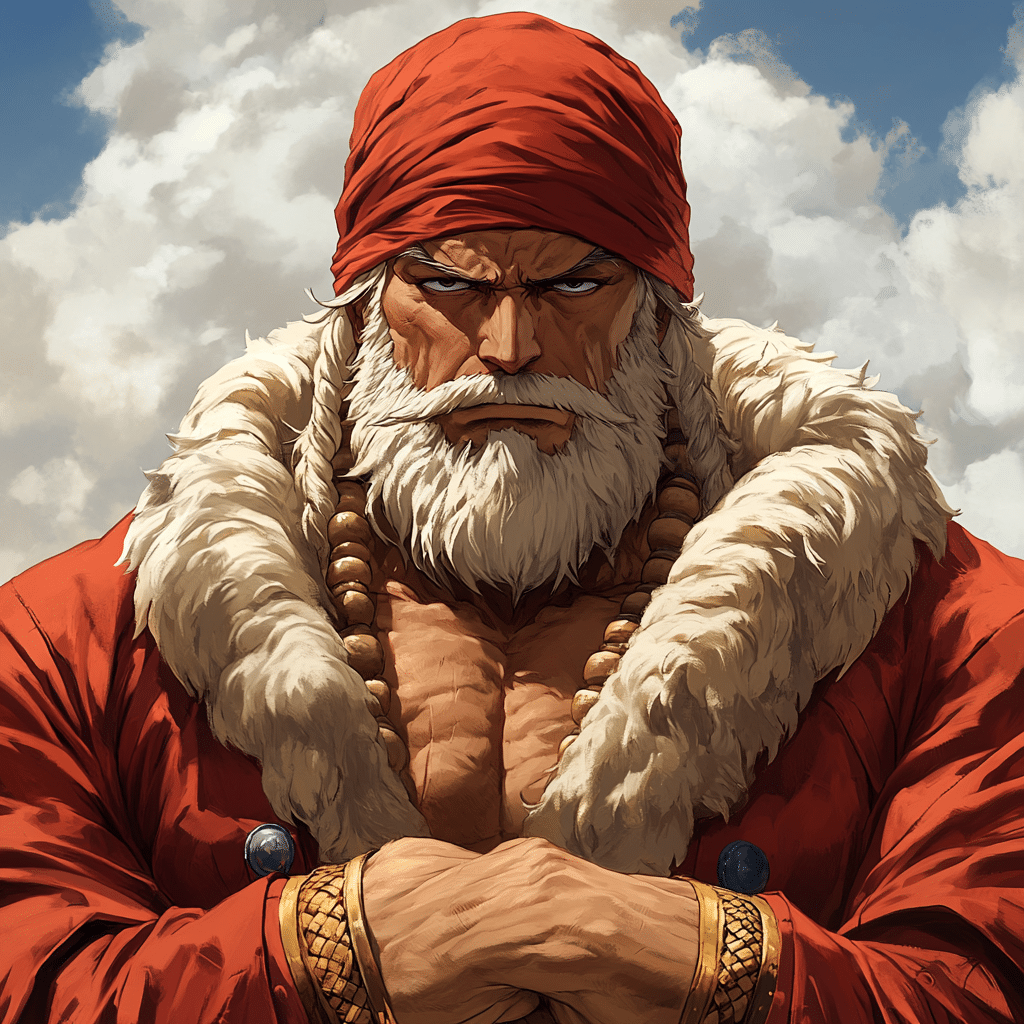
Analyzing Whitebeard’s Enduring Legacy in Animation
Whitebeard goes beyond being a mere character in “One Piece.” He represents an archetypal figure that compels storytellers to rethink what strength truly signifies. Through his relationships and the responsibilities he carries, audiences are encouraged to explore themes of grief, family ties, and moral dilemmas. The storytelling techniques employed by Eiichiro Oda amplify Whitebeard’s character depth—his nuanced backstories, intertwined relationships, and the emotional weight they bear compel viewers to deeply engage with his narrative.
Examining Whitebeard’s contributions within the context of “One Piece” invites discussions around character development. Stories that humanize even the mightiest of figures invite deeper reflections on vulnerability. This layered approach nurtures us to see that strength can come from emotional connections, care for others, and the burdens of leadership. Whitebeard embodies the complexities of being both formidable and compassionate, urging creators to challenge conventional definitions of heroism and power.
The Continuing Impact of Whitebeard in Pop Culture
As we step into 2024, Whitebeard’s legacy remains a cornerstone of animated storytelling. His influence stretches across various mediums, inviting the exploration of character archetypes in video games, graphic novels, and cinematic adaptations. The ongoing conversations about strength and leadership found in platforms like longlegs streaming reflect the relevance of Whitebeard’s ideals among contemporary audiences.
Moreover, casting choices in adaptations often invite vital discussions about representation in media. Just as the cast of Blazing Saddles redefined comedic archetypes, Whitebeard’s character invites creators to present dimensions of strength and vulnerability. Through this landscape of creative expression, Whitebeard emerges as a catalyst for discussions about masculinity and familial bonds—topics that resonate on multiple levels and contribute to ongoing dialogues about morality.
As fans explore the nuances of character development within “One Piece,” Whitebeard’s story triumphs as a timeless narrative that transcends geographical and cultural boundaries. His tale embodies a rich array of meanings, where strength isn’t merely physical but encompasses emotional resonance and personal connections. Whitebeard remains a symbolic icon in the ever-expanding universe of storytelling—challenging us to reflect on our perceptions of power and legacy in both fiction and reality.
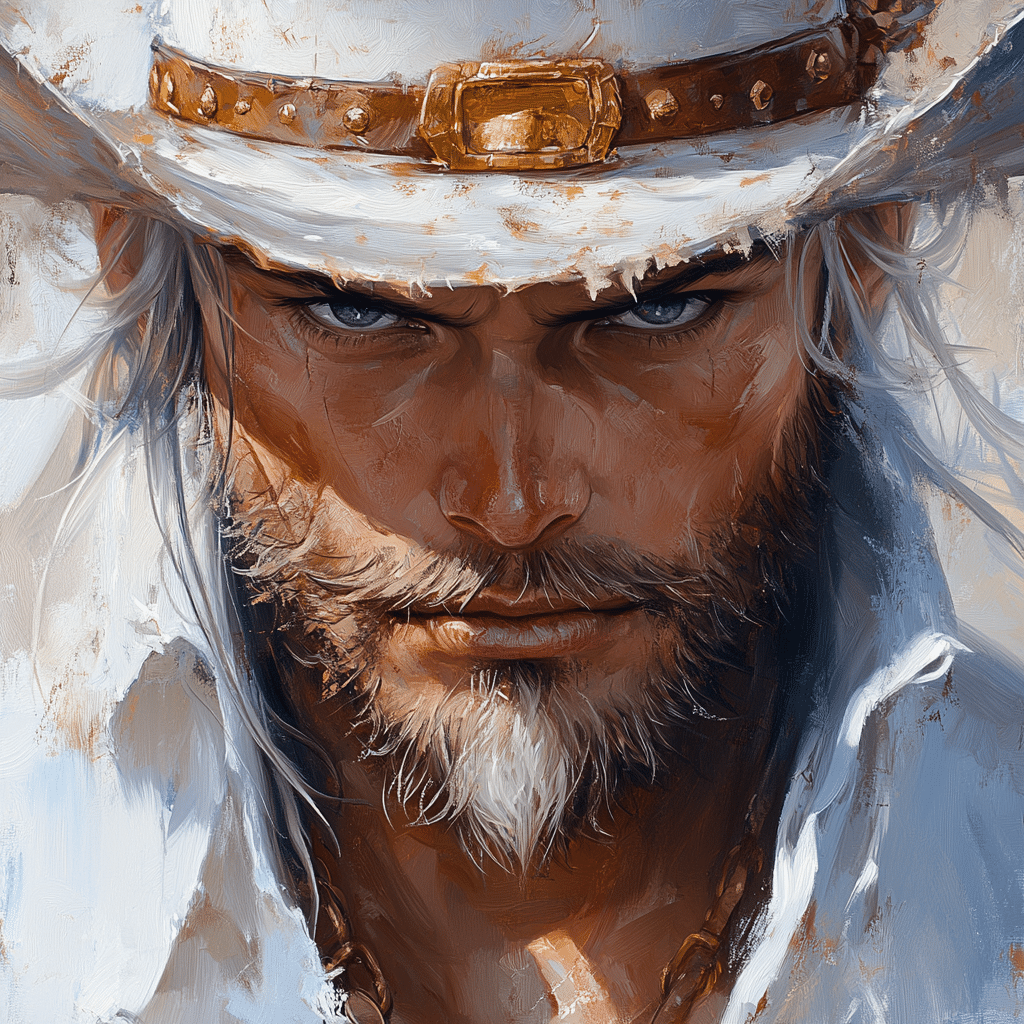
Whitebeard One Piece: The Legacy of the Strongest Man
Fun Facts About Whitebeard One Piece
Did you know that Whitebeard, one of the most iconic characters in the “One Piece” universe, was inspired by real-life figures and legends? His imposing stature and strength are said to be partially influenced by the notion of an albino gorilla, showcasing how nature often inspires the wild stories we love to see on screen. Just as an albino gorilla stands out in its environment, Whitebeard’s presence in the anime is larger than life, making him a fascinating character that fans adore.
In “One Piece,” Whitebeard’s relationship with his crew members is dynamic and tells a deeper story about family ties in a world filled with pirates. This theme resonates with many, much like the camaraderie found among friends, just like the group dynamics in “Friends: King of Prussia.” The way Whitebeard protects and cherishes his crew highlights the importance of loyalty, camaraderie, and bonds that go beyond mere obligation. After all, just as people come together in a community, so too do pirates find their support in one another.
Speaking of support, the concept of strength has many definitions in anime, and Whitebeard embodies physical power while also showcasing emotional depth—a juxtaposition familiar to fans of the Solo Leveling manhwa. Just as individuals face challenges within their journeys, Whitebeard rises to meet adversities, revealing his true character. Plus, for enthusiasts who enjoy the unexpected twists and turns in plotlines, Whitebeard’s display of strength during crucial battles brings to mind the unstoppable energy found in “Turbo: A Power Rangers Movie, where each character must harness their abilities in seemingly endless conflicts.
What’s particularly intriguing is how Whitebeard’s power level transcends typical expectations in anime, setting a high bar that many characters strive to reach. This narrative choice allows for an exploration of legacy—much like the journey of Ken Marinos various roles in film and TV. In both cases, the exploration of strength encapsulates not only physical might but also resilience, mythology, and the impressive feats that entwine to create a captivating legacy in storytelling. So next time you dive into an episode, remember the layers behind Whitebeard One Piece; it’s a fascinating combination of power, loyalty, and the very heart of what makes a legendary character in the world of anime.
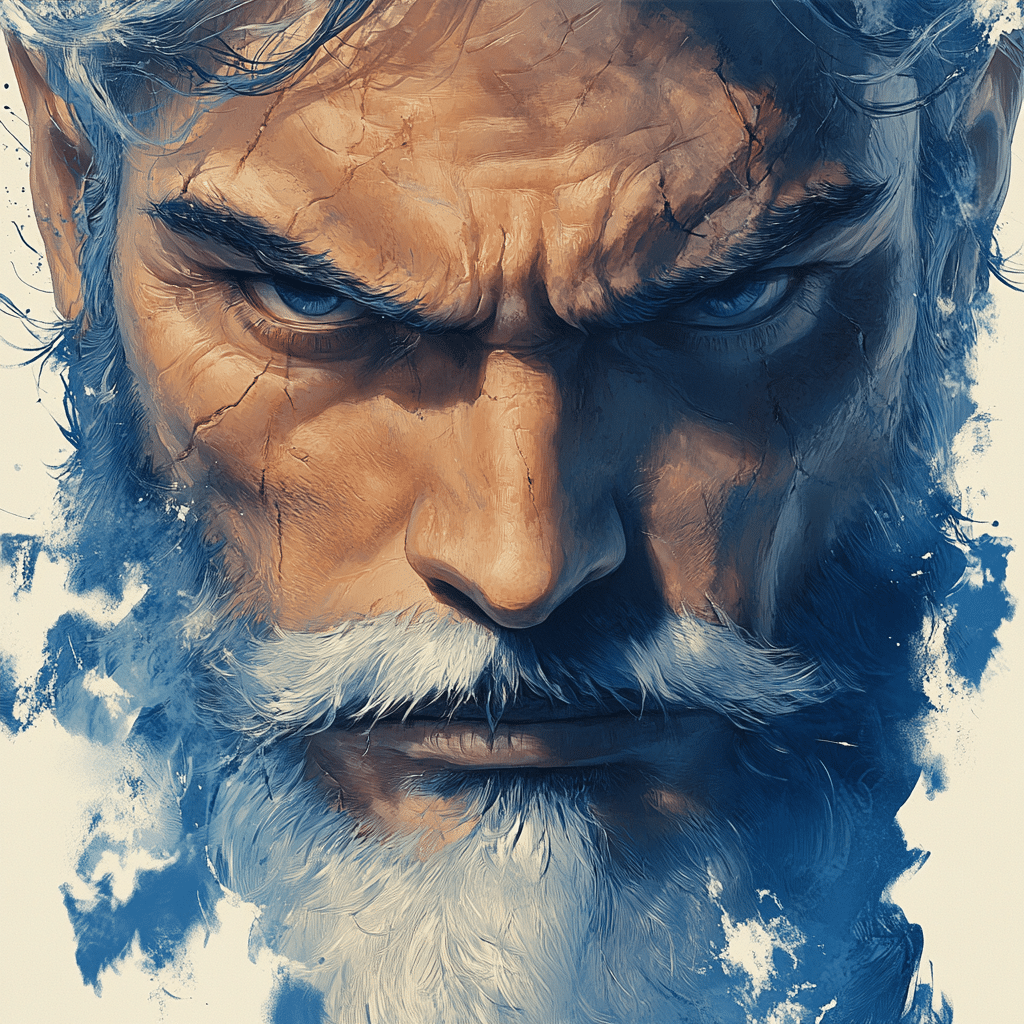
Who killed Whitebeard in One Piece?
Whitebeard was killed by the Blackbeard Pirates, who took advantage of his weakened state after a fierce battle.
Who can defeat Whitebeard?
In terms of raw power, only a few can stand up to prime Whitebeard, with characters like Imu, Rocks, and the Gorosei being among those speculated to possibly defeat him.
Is Whitebeard good or bad?
Despite his fearsome reputation, Whitebeard was fundamentally a caring person and adopted many individuals into his crew, treating them as family.
Did Whitebeard like Luffy?
Whitebeard had a grudging respect for Luffy, especially after the young pirate showed extraordinary determination during the Rescue Ace mission.
Who killed Gol D. Roger?
Gol D. Roger was killed by the Navy, with his execution being carried out by Admiral Sengoku, as part of law enforcement at the time.
Who killed Luffy?
Luffy has not been killed in the series; he continues to grow stronger as he chases his dreams.
Can Luffy defeat Whitebeard?
While it’s a tough match, Luffy, with his growth and abilities, would likely struggle against Whitebeard, but some fans think he might eventually hold his own.
Could Luffy beat Gol D. Roger?
Whether Luffy can beat Gol D. Roger is still up in the air, as Roger’s legacy is legendary, and it’s a tough benchmark for Luffy to reach.
Who can beat Shanks?
Shanks is known for his powerful observation Haki and combat skills, but specific characters that could beat him aren’t completely clear as the series hasn’t explored that yet.
Is Nami a bad guy?
Nami is definitely not a bad guy; she’s portrayed as a clever and resourceful member of the Straw Hat crew who cares deeply for her friends.
Is Shanks a bad guy?
Shanks isn’t a villain either; he’s a complex character who tends to avoid unnecessary conflict and values the balance of power among pirates.
Who will betray Whitebeard?
There was speculation about betrayal during the Marineford War, but significant characters, including Whitebeard’s crew, remained loyal to him in the end.
Who respects Luffy the most?
Monkey D. Luffy seems to have earned the respect of many, especially from Whitebeard, who acknowledged his determination.
What were Whitebeard’s last words?
Whitebeard’s last words expressed his desire to have a family, stating that he’d leave behind a legacy and hoped everyone would live well after him.
Who is Whitebeard’s son?
Though he claimed many as his sons, the most notable would be Portgas D. Ace and his adopted crew members.
Who has defeated Whitebeard?
Blackbeard defeated Whitebeard in a brutal fight during the Paramount War, taking advantage of Whitebeard’s exhaustion and age.
How did Blackbeard killed Whitebeard?
Whitebeard was betrayed by his former crew member, Marshall D. Teach, who attacked him during the battle at Marineford.
Who betrayed Whitebeard One Piece?
Garp hasn’t been killed in the series; he remains a significant character within the Marines and continues to play a role in the ongoing storyline.





